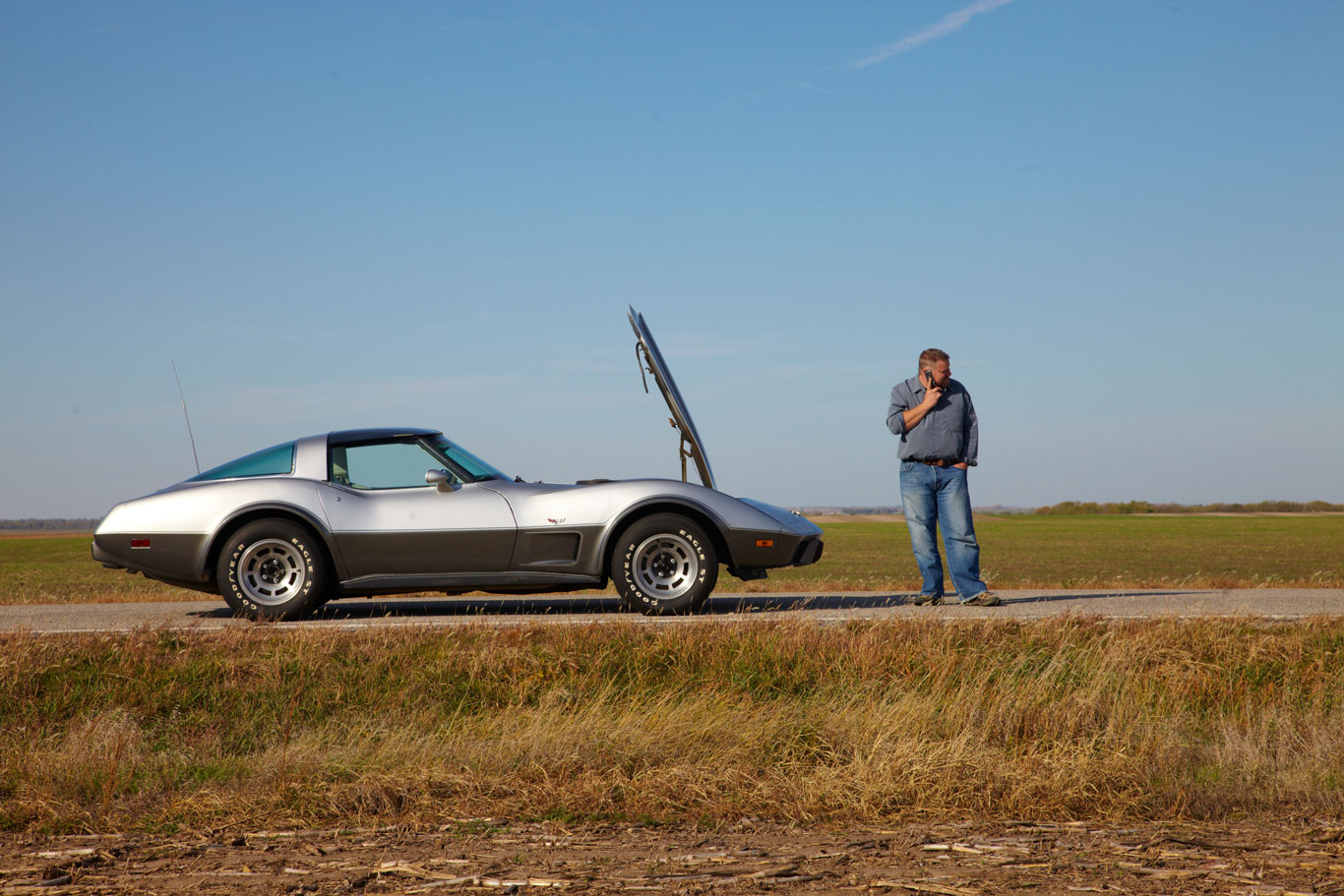How to make your classic car dependable
Part I: The Big Six
The late folksinger John Hartford reportedly performed a song called When Your Car Breaks Down on the Road and the Wrench Won’t Fit at his live concerts. The song consisted of two lines. The first was the title. The second was a recitation of George Carlin’s famous list of the seven words you can’t say on television.
Whether the wrench fits or not, anyone who has ever had a car break down on the road knows that this sequence of events is startlingly accurate. The car breaks down, then you swear a blue streak. You hate the car, your spouse isn’t crazy about you… it’s not a good situation for anyone.
Now, while anything can happen to a car, particularly a vintage car, that causes it to transition from moving down the road under its own power to coasting to a stop while you hurl a stream of invective at it, most of the time, the things that do break fall into one of six fairly mundane categories (or, as I call them, The Big Six). They are:
The ignition system consisting of the distributor (housing, cap, rotor, points, and condenser), the coil, spark plugs, plug wires, and the voltage supply to the whole thing.
The fuel delivery system (the gas tank, fuel lines, fuel pump and pressure regulator, filters and screens, and either the carburetor or the fuel injection system).
The cooling system (the radiator, water pump, thermostat, hoses, heater core, and fan).
The charging system, by which I mean the battery, battery cables, alternator, and voltage regulator.
The belts (typically, on a vintage car, there’s only one, and it runs both the alternator and the water pump).
The ball joints that connect the suspension to the steering.
Note that there is also a zeroth element on the list: the tires—the part of your car that’s so prone to failure, the car comes with a spare one. It’s so ingrained in us that tires fail, but most other things don’t, that we simply call it a “spare,” not a “spare tire and wheel.” I think that most of us know not to motor around on 50-year old, bald, dry-rotted tires. And yet we often don’t think twice about the other old systems in the car until they fail and strand us.
Don’t get me wrong. It is possible for anything to happen to a car, particularly a vintage car. Ask me about the universal joint on my Triumph GT6’s half-axle that ripped out. Or the time the GT6’s clutch fork pulverized itself into corn flakes. Or when the transmission shaft splines in my BMW 2002 stripped, causing the output shaft to spin inside the output flange.
And, even excepting metal fatigue and bad superseded designs, it is certainly possible for the vicissitudes of time and decay to catch up to a head gasket on any car.
But these lightning bolts from the blue are less likely than The Big Six. Further, while there are many systems on your car that help you enjoy a comfortable, safe, pleasant ride, most of them are unlikely to fail while you are driving in a way that will cause you to pull the trigger and use your Hagerty Plus membership.
For example, take the suspension. While a fresh suspension is a delight, and seized or blown struts or shocks will certainly cause oxcart-like handling, the suspension’s performance is unlikely to degrade in such a way that drags you to the side of the road. (Yes, there are exceptions. The BMW E39 wagon I had, with the self-leveling rear suspension, became a beached whale when one of the pneumatic hoses blew.)
Or the exhaust. It can be grating to ride long distances in a car which has blown a hole in its exhaust, but other than attracting stares and possibly law enforcement’s attention, it’s an annoyance, not a showstopper.
Even the brakes. While, obviously, you want to verify that the brakes are functioning correctly before leaving for a trip, and while it is possible for a car to, say, burst a metal brake line, it is far less likely than a visit from one of The Big Six.
The take-away message is that if, prior to taking your vintage car on a long trip, you look at The Big Six – fuel, ignition, cooling, and charging systems, plus the belts and the ball joints – and prophylactically address any needs you find, you will inoculate yourself with a bolus of reliability. Learn it. Live it. It may save your car, your sanity, your marriage, and your allocation of blue language.
(In the coming weeks, we will drill down into each of The Big Six in detail.)
Rob Siegel has been writing the column The Hack Mechanic™ for BMW CCA Roundel Magazine for 30 years. He is the author of Memoirs of a Hack Mechanic and The Hack Mechanic™ Guide to European Automotive Electrical Systems. Both are available from Bentley Publishers and Amazon. Or you can order personally inscribed copies through Rob’s website: www.robsiegel.com.


